A trip to Lleida (2)
Resuming your tour with the support of the useful information provided by the kind employees of the tourist office, you will soon find something interesting to see. Right at the corner between Carrer Major and Carrer Cavallers, indeed, the Capilla de Sant Jaume is located. This chapel, indeed, was originally built during the Arab supremacy over the city. It was then dedicated to Saint James (Sant Jaume in Catalan), and is therefore a way point of the Catalan route of pilgrimage to Santiago, as a sculpture portraying the saint and the unmistakable symbol of the route (a yellow shell) will prove.
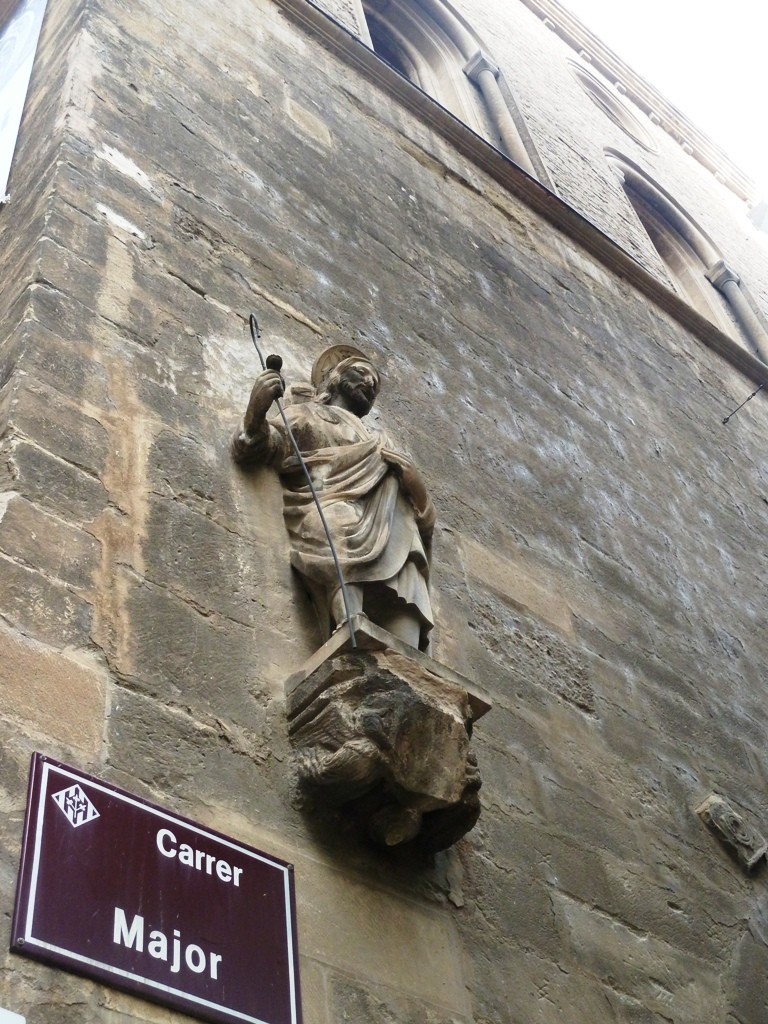
Following Carrer Major until its very end, you will finally reach Plaça de la Catedral, where two other remarkable buildings are placed. As the name will suggest, one of them is the cathedral of the city, called Catedral Nova in order to distinguish it from the other, the spectacular Seu Vella. Dating back to the XVIII century, this recent, Barroque style cathedral is obviously less fascinating than the ancient one. Although, it is worth remarking its peculiar structure, as it is quite rare to find churches in which the height is almost outbalanced by the other dimensions. The most fascinating element, at least in my view, was the unique sight of the storks comfortably perched at the top of the church, with their nestles adorning the two towers. Opposite the church, the Antic Hospital de Santa Maria is found. This solid building, dating back to the 15the century, originally housed the city hospital. Though it may look quite dull from the outside, it offers betters views from the inner yard.
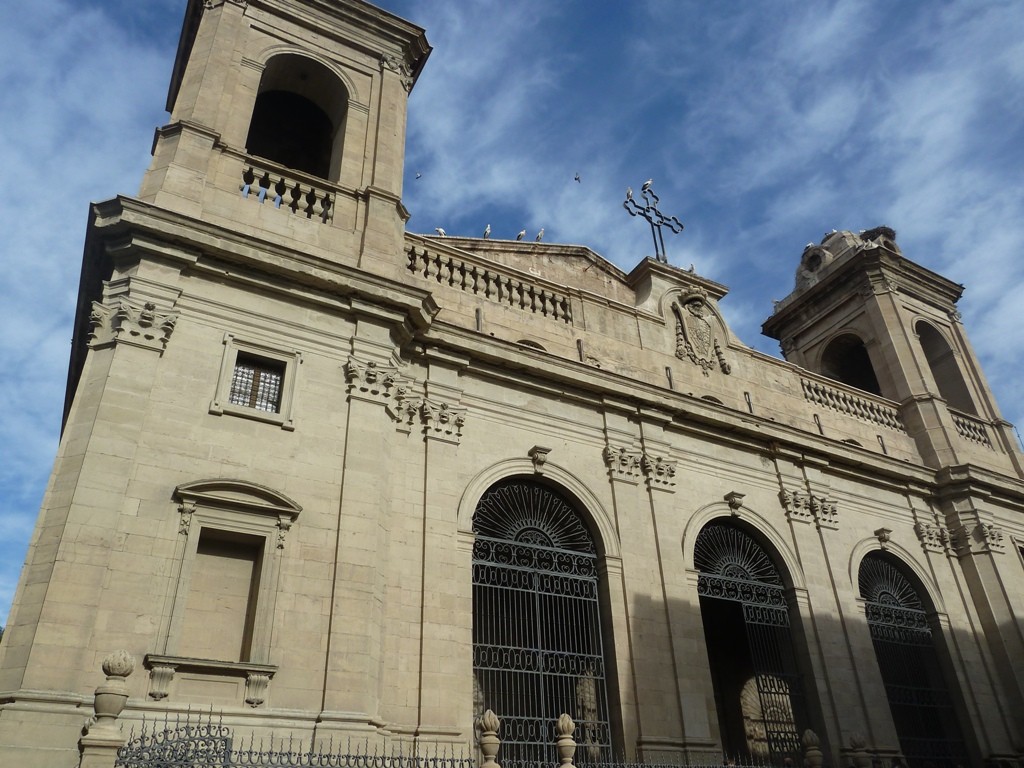
Climbing the stairs located right on the left side of the Cathedral and heading northward, you will reach Plaça de Sant Josep. Overlooking the square, the Museu de Lleida is really worth visiting if you have some spare time. Far from being a static and tedious museum, indeed, it provides an interesting insight into the history of the city and preserves a series of works of art from the different periods which characterised it. The entrance fee to the museum is quite cheap (4 Euros), and the itinerary is really interesting and well organised, introducing the various historical phases and the objects on show in an interesting and brilliant fashion.
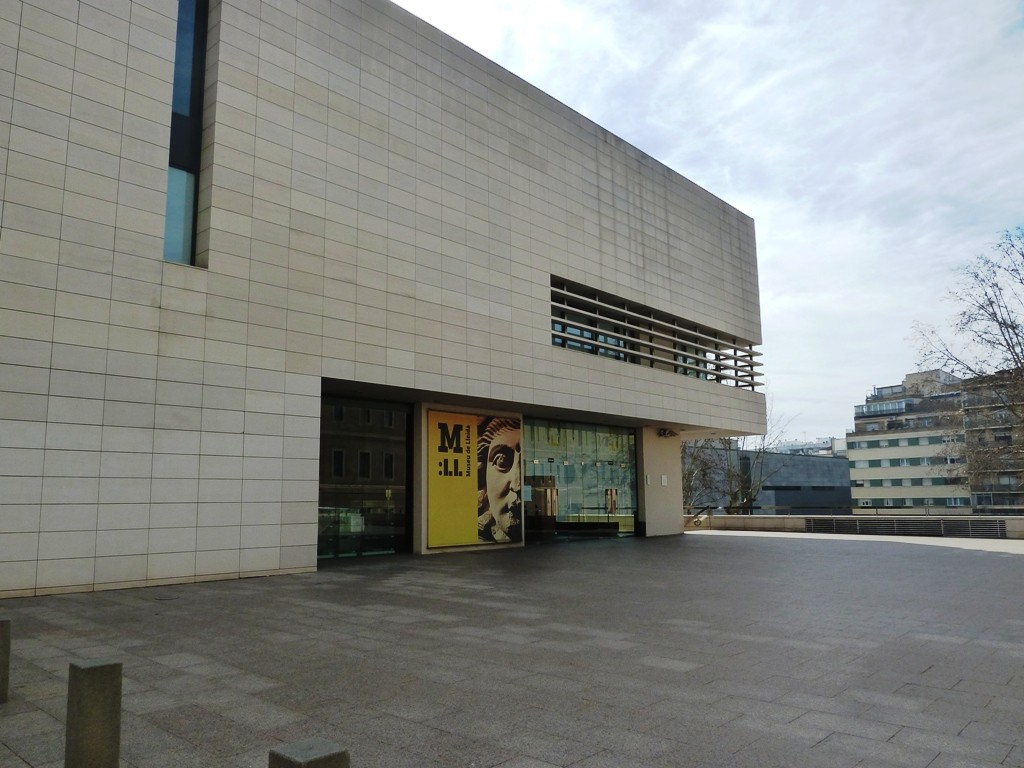
After a short introduction offered by the courteous employees of the museum, indeed, I went through, actually quite quickly, the first section of the exposition, showing evidence of the first human settlements, dating back to prehistoric times, in the area where the city is currently located. However, it was only in the VI century B. C. that the first permanent housing cluster was founded by an Iberian population called Ilergetas. A few centuries later, those primitive settlers were absorbed by the Roman Empire, which expanded its power to the area. That first settlement, known by the name of Iltirta, became than the Roman town of Ilerda (from which the modern Spanish name of the city, Lèrida, obviously derives). If the Ilergetas have not left much to us, it is still possible to see a few interesting Roman ruins, well organised and preserved in the museum.
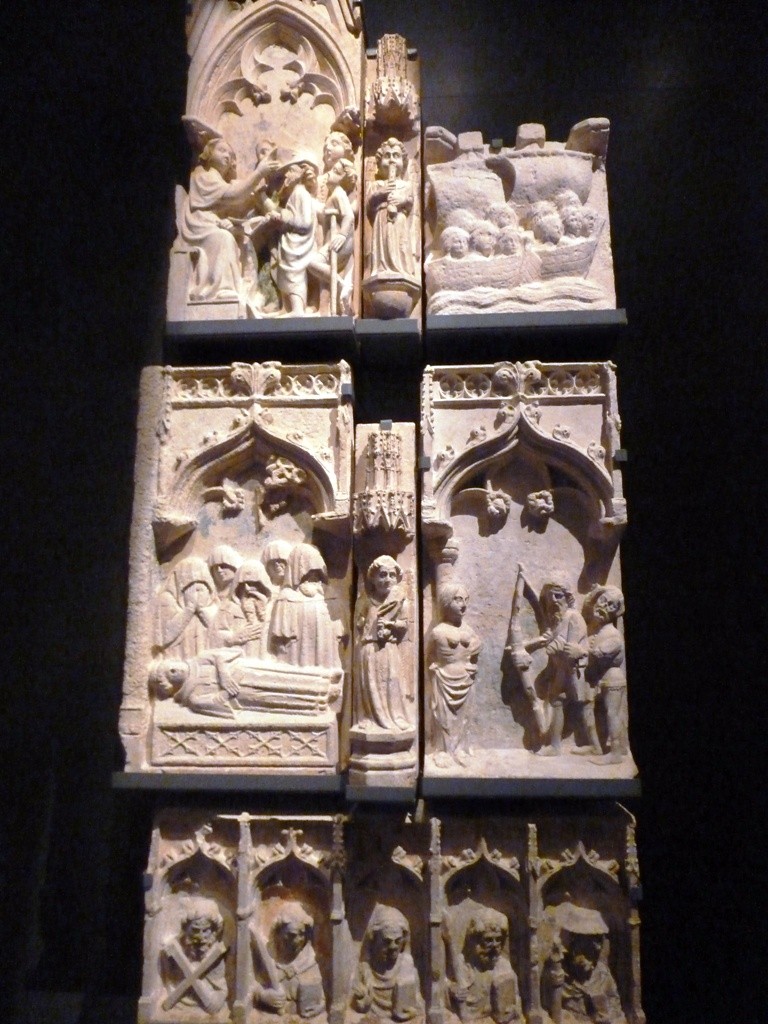
However, the political stability for the city lasted for only a couple of centuries: the decline of the Empire, indeed, exposed it to the invasion of the Visigoths first, and at a later stage of the Arabs, who kept Lleida under their power for over four centuries (719-1149). As you will notice from the fine objects preserved in the museums, also the Arabs have left us an interesting, though not abundant, legacy. It was the Catalan Earl Ramòn Berenguer IV who put an end to the Moors supremacy, annexing the city into the Aragon-Catalan reign. Within a few years, Lleida became a thriving and populated city, rich in cultural institutions, as proven by the presence of one of the first universities of Spain (the Estudi General, founded in 1300). An abundant artistic collection bring us back to those centuries of great expansion for the city: paintings, statues, altarpieces and wonderful sculptures realised with the technique of low relief are indeed housed in the museum. Most of them were originally placed in La Seu Vella, but after surviving an incredible series of vicissitudes, they finally ended up in the museum. Anyway, as by now you will be probably quite fed up with history, I had better leave for another time the continuation of the tormented history of Lleida.
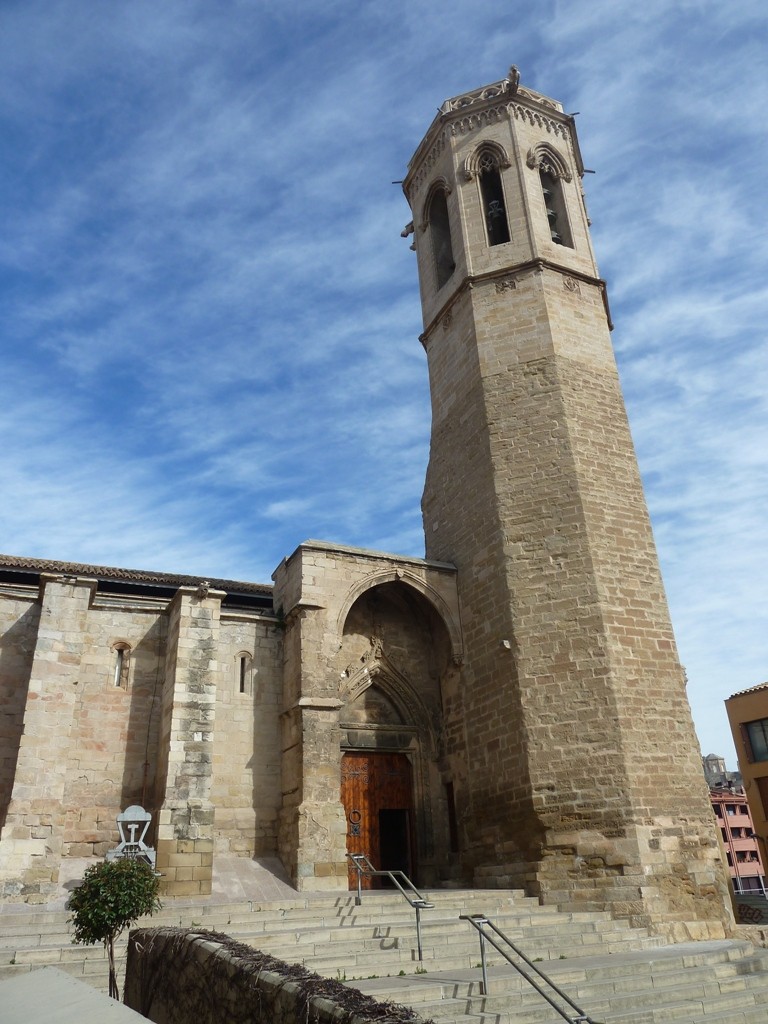
On the opposite side of Plaça de Sant Josep the church of Sant Llorenç is located. Built during the XIII century, as the marks of the original Gothic style still reveal, it has recently undergone restoration works. Inside the church a series of precious altarpieces are still preserved. The northern side of the church looks out onto Plaça de Sant Llorenç, equally fascinating with its characteristic fountain. Heading northward along Carrer de la Tallada, you will move toward the final point of our tour, the hill on top of which the extraordinary area of La Seu Vella is found. However, once at the crossroads with Carrer de Murcia it is possible to make a short detour in order to visit the Deposit del Pla del Aigua, an amazing 18th century building which used to provide running water to the whole city. Unfortunately, as it was inexplicably closed during opening time I was not able to see it, and so went on to the staircase climbing up to the Turò ("Hill") de la Seu Vella.

However, this charming landmark really deserve an entry of its own. Let me just add that it is possible to visit a couple of interesting places in Lleida. Quite surprisingly, indeed, the local council offers free entrance to two of the museums of the city, namely the Museu d'Arte Jaume Moreira (modern and contemporary art, located right next to the tourist office along Carrer Major) and the Centre d'Art la Panera. The latter is located not far from the above-mentioned Plaça de Sant Llorenç, next to the XII century church of Sant Martì. Though it has not been possible for me to visit the two museums, I thought the fact that free entrance was available was really worth remarking.
Photo gallery
Content available in other languages
- Español: De viaje a Lleida (2)
Share your Erasmus Experience in Lleida!
If you know Lleida as native, traveler or as exchange student... share your opinion on Lleida! Rate different characteristics and share your experience.
Add experience →





















Comments (0 comments)